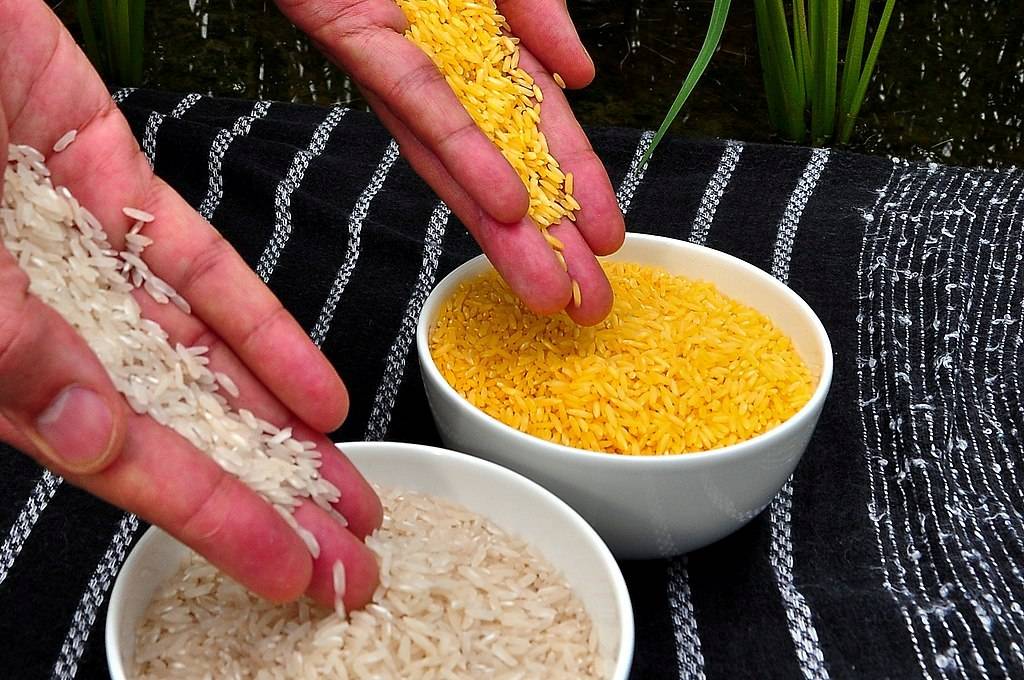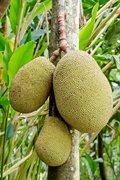
As Philippines become the world’s first country to approve the commercial production of genetically modified "Golden Rice" experts hope it will combat Vitamin A Deficiency (VAD) and save lives in the developing world. VAD is common in countries where Rice is the staple diet. It’s most severe in South East Asia and Africa.
VAD and Golden Rice
VAD is the most significant cause of blindness and also the biggest killer of children below 5 years old. Golden Rice contains Beta carotene, thus giving the Rice a yellow colour. The Golden Rice technology, adding two genes to white rice in 2004, has been donated by its inventors for use in developing countries as an additional intervention against vitamin A deficiency.
Guardian reports that Lack of it is believed to be responsible for killing more children than HIV, tuberculosis or malaria – around 2,000 deaths a day. On a global scale, about a third of children under five suffer from the condition which can also lead to blindness.
Regis in his book Golden Rice states that “In Bangladesh, China, India and elsewhere in Asia, many children subsist on a few bowls of rice a day and almost nothing else. A daily supply of Golden Rice would bring the gift of life and sight.
How Golden Rice came into existence?
Golden Rice was first conceived by Professors Ingo Potrykus and Peter Beyer in the late 1980s. IRRI became the first licensee of the scientists’ work in 2001. Golden Rice is been produced through genetic engineering and produces 2 enzymes that complete beta-carotene expression in the rice grain that is converted into vitamin A as required by the body & gives the grain its golden color. Opposition by Greenpeace was extreme because Golden Rice was a GM crop that had so much going for it.
Questions that need answers
Golden Rice still poses many unanswered questions as to how the Government is going to give bids to companies for producing seeds in a commercial way. Are they going to be sold to farmers at a reduced rate or free of cost? Many proponents claim that rice would never be given to farmers for free.
Are we sure of the fact that eating Golden Rice daily improves the status of Vitamin A deficient people, I hope it’s not been determined yet. Children with VAD rarely have fats in their diet and Vitamin A is Fat –soluble. It’s has also been reported in an Article in Conversation that they usually suffer from gut parasites and infections that make it harder to convert beta carotene to Vitamin A. We also aren’t sure about the component beta-carotene deterioration after its harvested. So will it deteriorate by the time it reaches to the undernourished children?
Philippines has been a mountain province and they are unlikely to plant low land varieties ,and there is no surety about farmers growing this as they keep going behind the latest trends in market. Families having VAD are very poor that they don’t have land. Farmers would definitely need a subsidy for growing Golden Rice and also sold in commercial markets .
If none of these works, the subsidized way of making farmers plant this variety and then supplying it to the VAD areas seems reasonable and a workable model so far looking into the pros and cons of propagating this variety and multiplying them. The article in Conversation reports of the conventional nutritional programs that has managed to tackle VAD rate into half. We hope the Golden Rice will reach markets in the Philippines by 2022
As we look back we see a 30-year-work process behind the trials and approvals of this product and now we stand at a point where the farmers may need to be paid to plant. Was the process worth of these 30 years of hard work and all money spent? Could it have been spent wisely into more nutritional programs where in they could be home gardens created for half the cost or some government PDS programs where in the poor or the VAD deficient areas be given special care under the guidance of the government.
















